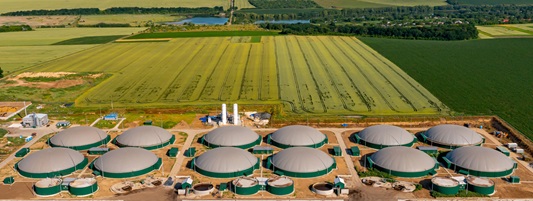About
Bioenergy use falls into two main categories: “traditional” and “modern”. Traditional use refers to the combustion of biomass in such forms as wood, animal waste and traditional charcoal. Modern bioenergy technologies include liquid biofuels produced from bagasse and other plants; bio-refineries; biogas produced through anaerobic digestion of residues; wood pellet heating systems; and other technologies.
About three-quarters of the world’s renewable energy use involves bioenergy, with more than half of that consisting of traditional biomass use. Bioenergy accounted for about 10% of total final energy consumption and 1.9% of global power generation in 2015.
Biomass has significant potential to boost energy supplies in populous nations with rising demand, such as Brazil, India and China. It can be directly burned for heating or power generation, or it can be converted into oil or gas substitutes. Liquid biofuels, a convenient renewable substitute for gasoline, are mostly used in the transport sector.
Brazil is the leader in liquid biofuels and has the largest fleet of flexible-fuel vehicles, which can run on bioethanol – an alcohol mostly made by the fermentation of carbohydrates in sugar or starch crops, such as corn, sugarcane or sweet sorghum.





